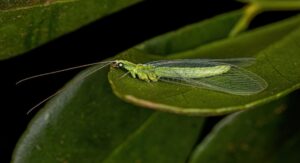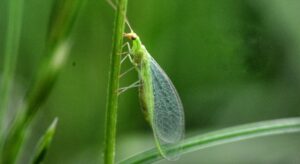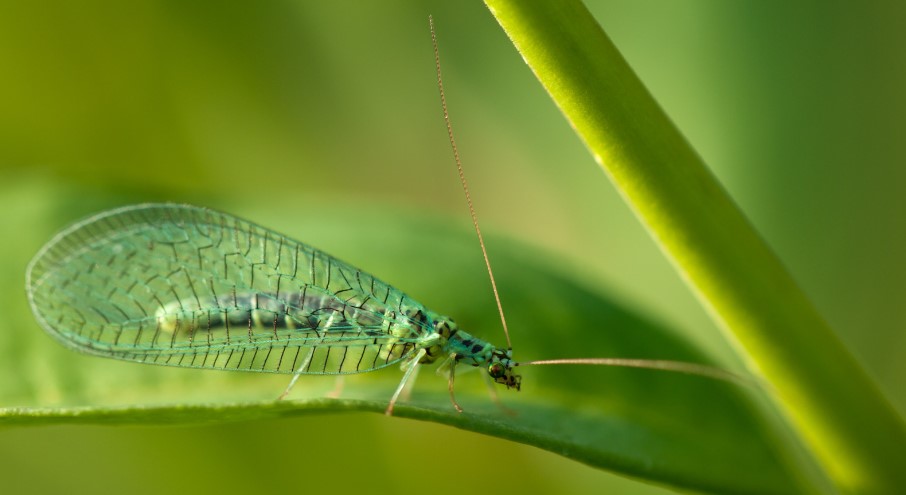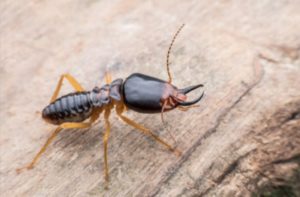Green lacewings are beautiful insects that play a vital role in controlling pest populations in gardens. However, having an infestation of green lacewings can be a nuisance, especially when they start feeding on your plants. In this blog post, we will discuss effective pest control strategies to help you get rid of green lacewings and protect your garden.
Green Lacewing Behaviour
Before getting into methods of control, it’s necessary to understand green lacewing behaviour and lifecycle. Generally speaking, these insects are attracted to gardens that are overflowing with mealybugs, aphids, spider mites, and other soft-bodied pests, as these are their main food supply.

On plant leaves, green lacewings lay their eggs, from which the larvae hatch and start feasting on prey. Although the main food sources for adult lacewings are nectar and pollen, it is their larvae that manage pest populations. Now. You understand about the lacewings. So, let’s get into how to get rid of those insects.
How To Get Rid of Green Lacewing?
We can control and eliminate the lacewings by using four different methods such as biological methods, barrier methods, natural repellents and manually getting rid of those insects. Let’s take a quick look at each method.
Biological Control
Utilize the natural enemies of green lacewings, such as parasitic wasps and predatory beetles, to keep their populations in check. Introducing these beneficial insects into your garden can provide long-term pest control without the need for chemical intervention.
Manually Get Rid of Those
In cases of localized infestations, manually removing green lacewing eggs and larvae from plant leaves can help prevent their proliferation. Use a gentle stream of water or a soft brush to dislodge eggs and larvae without causing damage to the plants.
Barrier Methods
Implement physical barriers such as row covers or mesh netting to prevent adult lacewings from accessing vulnerable plants. This method is particularly effective for protecting crops during periods of peak lacewing activity.
Natural Repellents
Explore natural repellents such as neem oil, garlic spray, or insecticidal soap to deter green lacewings from laying eggs on your plants. These solutions are environmentally friendly and can be applied as a preventive measure or targeted treatment for existing infestations.
Preventive Measure for Green Lacewings
When it comes to controlling pests, prevention is crucial, particularly for insects like green lacewings that may spread quickly and harm your garden. You may effectively control green lacewing by taking preventative measures. And those measures are,

Crop Rotation: Rotate your crops regularly to disrupt the life cycle of green lacewings and other pests. This can help prevent the buildup of populations and reduce the likelihood of infestations.
Clean Garden Practices: Keep your garden clean and free of debris, as clutter provides hiding spots for green lacewings and other pests. Regularly remove weeds, fallen leaves, and other organic matter to create an unattractive environment for these insects.
Beneficial Plants: Integrate companion plants that attract beneficial insects like ladybugs and parasitic wasps, which prey on green lacewings and other pests. Planting a diverse range of flowers and herbs can help maintain a balanced ecosystem in your garden.
Conclusion
While green lacewings are beneficial insects in terms of natural pest control, an overabundance of them can lead to damage to your plants. By implementing the pest control strategies mentioned above, you can effectively manage green lacewing populations in your garden and protect your plants from harm. If you can’t control the infestation, just get help from professional pest control services like Empire Pest Control to get rid of these pests.





